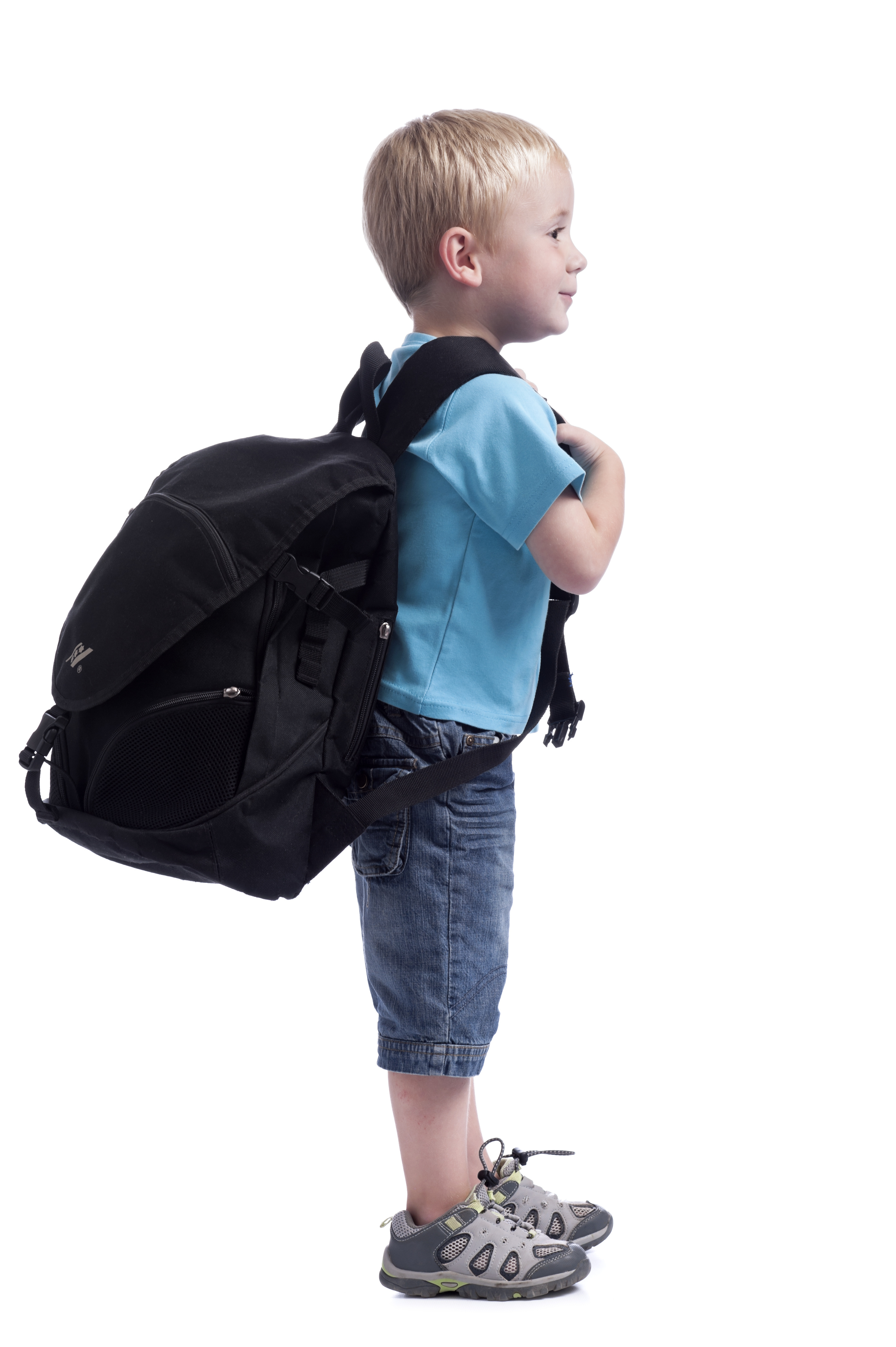
With obesity rates amongst children and adolescents having increased significantly in recent decades, the need to get kids physically active as part of their normal daily routine has never been more important.
With this in mind, the association’s chair of paediatric group, Julianne Pegler, said kids were more likely to want to be active at school if they were comfortable.
“Sedentary habits aren’t likely to be broken unless there are easy, attractive ways for kids and teens to be regularly active. One easy thing parents can do is ensure that their kids’ school bags and shoes fit properly, so that their travel to and from school is not uncomfortable.”
Ms Pegler’s advice to help ensure children start the school year in comfort included:
Comfortable footwear, too, was important in encouraging kids to be more active. The average child wore their school shoes for over 1500 hours per year, Ms Pegler said, so it was important that school shoes supported their feet. Some tips to look out for included making sure the shoe:
Bullying contributes to poor wellbeing and absenteeism in New Zealand. Discover how you can address…
Free school lunches will continue under a modified model which will reportedly see $107 million…
A new interactive website showing daily attendance figures was launched last week as part of…
Two reviews of early literacy approaches and an accompanying Ministry of Education commentary show promising…
We must have bipartisan decision-making for education, says academics Bronwyn E. Wood and Taylor Hughson…
The OECD’s new report makes several policy recommendations for our education sector in the hopes…
This website uses cookies.